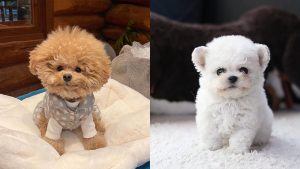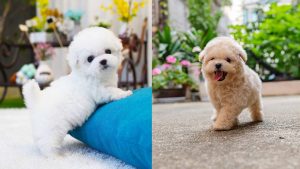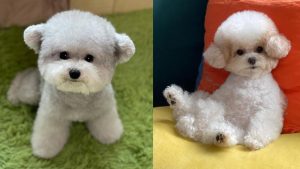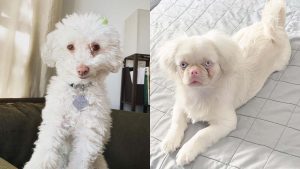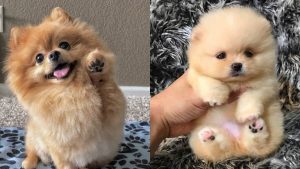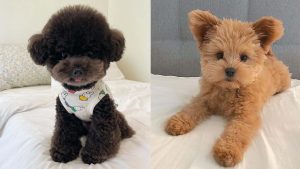The Federation Cynologique Internationale, a dog breed’s standard organization, is a 10 dog breed group system created on May 22, 1911, and currently in use in 86 separate countries. It promotes and protects purebred dogs, and is composed of approximately 300 breeds.
Group 1: Sheepdogs and Cattle Dogs
This FCI breed group is composed of exactly what it is called, sheepdogs and cattle dogs (except Swiss cattle dogs). Containing some of the most intelligent breeds that exist today, this is a type of working group; these dogs were bred to assist farmers and herders with their stock/herd animals.
Often times, the dogs not only helped group the animals in question in an ordered fashion, but protected them from predators as well.
Group 2: Pinscher and Schnauzer – Molossoid and Swiss Mountain/ Cattle Dogs
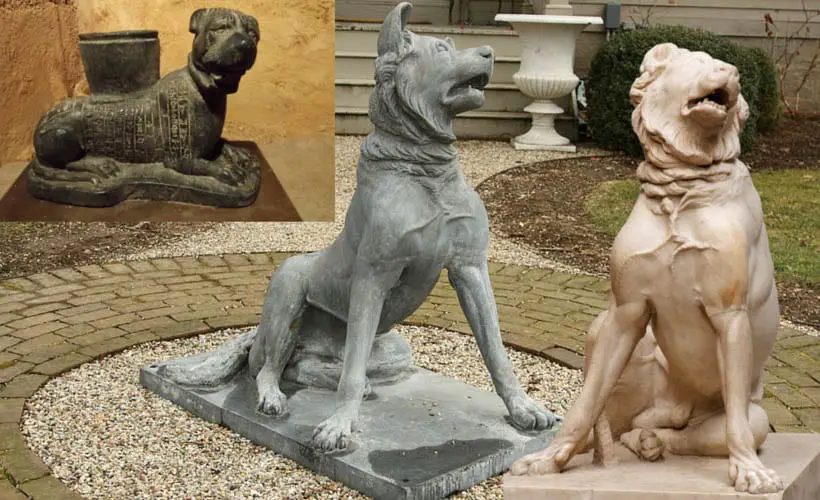
Molosser dogs carry an ancient history, widely agreed upon to be one of the oldest in existence. Carvings resembling huge Molosser type dogs were found among ancient Egyptian remains.
Some even believe these dogs date back to the days of hunters and gatherers, some of the early lineages to have broken off/ evolved from Grey Wolves an estimated 14 kya (thousand years ago).
These dogs tended to be very large. Many historians agree herd protection (sheep, etc.) has roots here. Molosser breeds were believed to be among the first war dogs of the time.
Early Romans used these dogs as combatants in their arenas against bears, lions, and even sometimes other armed men. They also fought alongside Roman legions.
Related Articles –
- Teacup Maltipoo – 10 Things You Should Know
- Everything You Need To Know About Teacup Pomeranian
- Amazing Things About Chihuahua Pug Mix
Group 3: Terriers
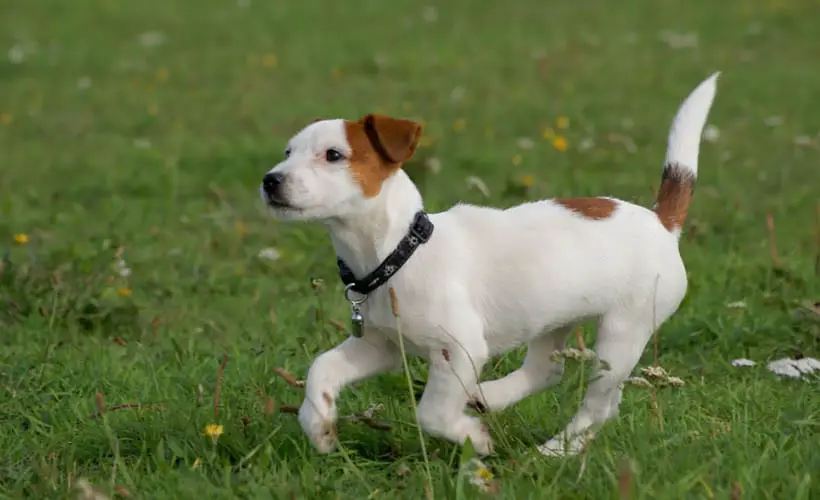
Terriers are often defined as a ‘small breed of dog originally used for turning out foxes and burrowing within their layers’, but this grouping includes medium to large breeds also – such as the American Pitt Bull Terrier (which wasn’t bred for anything close to hunting small game, or any game, and neither was its’ mother Bulldog breed).
A great many members of the terrier group were originally used for fighting either members of their own species, or violent games in general. Though very friendly and great with people, the Pitt Bull Terrier, Boston Terrier and Bull Terrier were all originally used in dog fighting ‘games’.
Unfortunately, due to poor breeding habits, the Bull Terriers of today tend to suffer health complications and look absolutely nothing like their ancestors of 100 years ago. If the two were to stand side by side now, not even the most educated veterinarian would likely be able to recognize the grandparent.
Group 4: Dachshunds
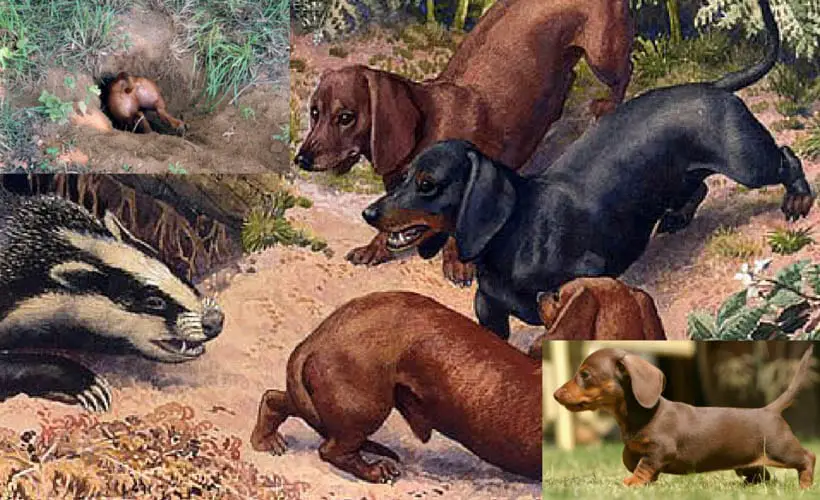
Dachshunds were bred in 16th century Germany to hunt small, burrowing animals, such as the badger.
There are in fact three sizes of Dachshunds, the largest weighing 30-35 pounds and is used for hunting badgers and boars. The standard size, weighing 16 to 22 pounds, is used for hunting badgers, and the smallest- weighing less than 11 pounds, is commonly kept as a house pet.
Group 5: Spitz and Primitive Types
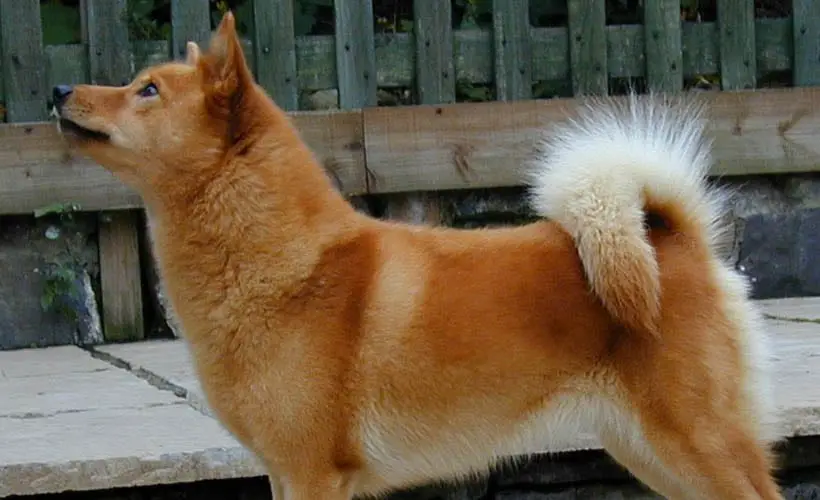
Finnish Spitz were originally bred to hunt a variety of game- then bark to alert handlers when prey was located.
The general term ‘Spitz’ is more an identifiable ‘type’ than a particular breed in itself. These dogs often bear a strong resemblance to wolves.
Group 6: Scent Hounds and Related Breeds
Scent hounds are a type of dog that hunts by scent primarily, as opposed to sight hounds (covered further down).
It is believed that the Celts first discovered the unique scenting ability of their moloser type dogs, and began using them for hunting (making these the first ‘scent hounds’, though covered in a different group).
Before that, humans didn’t as much selectively breed certain dogs as simply mate one characteristic animal with another, similar.
Group 7: Pointers
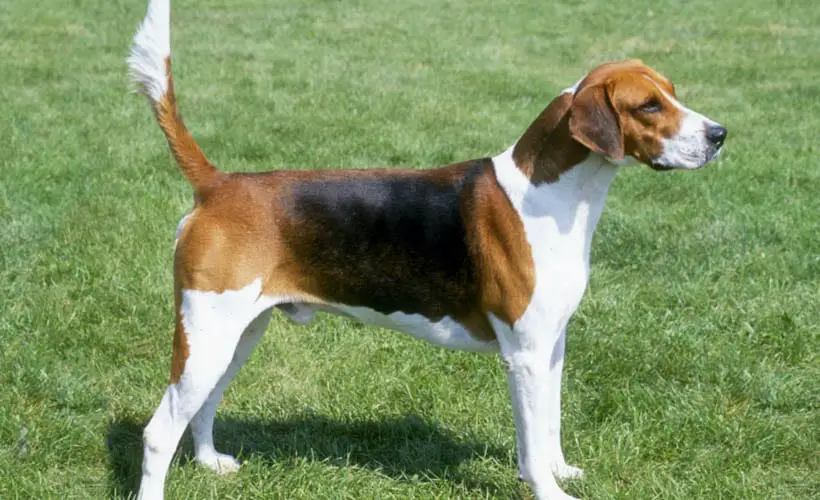
This breed/s were originally used to ‘point’ out prey (birds, small game such as rabbits, etc.). They stare straight at the animal, their tails sticking upward or rearward like an arrow. They excel at field work; many are fantastic swimmers and retrievers.
Continental Pointing Dogs, as well as British and Irish Pointers and Setters, are included here.
Group 8: Retrievers, Flushing Dogs, Water Dogs
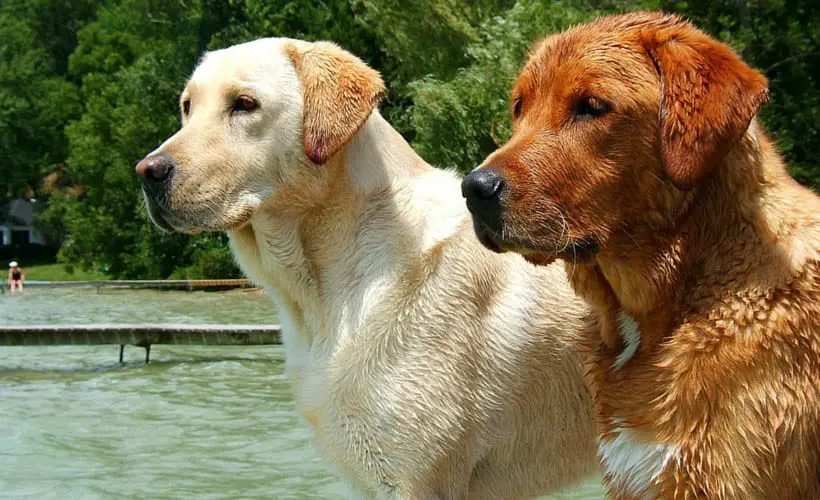
These breeds were often used to retrieve game- both on land and in the water (making many of them excellent swimmers), ‘flush’ it out into open view, and various other water activities such as fishing.
The extraordinarily popular Labrador Retriever falls in this group; bred in the early 1600’s to augment an ever- expanding fishing industry.
Group 9: Companion and Toy Dog Breeds
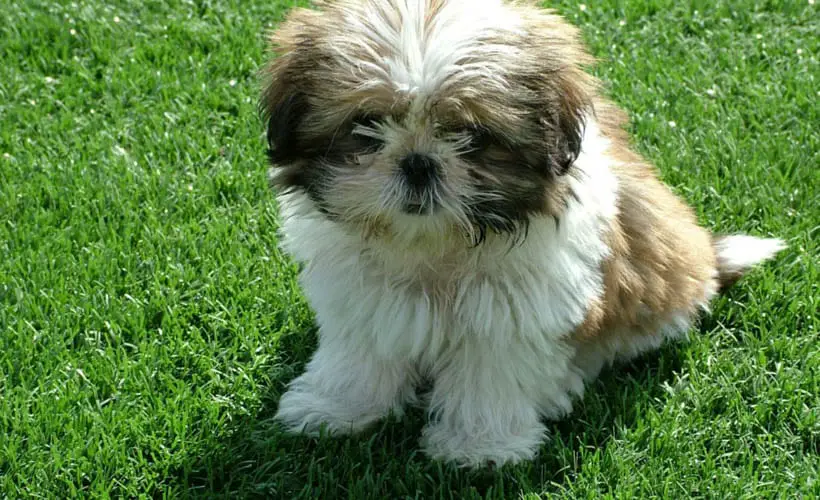
These dogs are often used for no other purpose than that of a ‘household companion’. It is believed the first small- breed progenitors arose in the Middle East, deriving from the Middle Eastern Grey Wolf native to that area.
Scientists have actually been able to isolate the gene associated with small body size.
Group 10: Sight hounds
As opposed to Scent hounds, Sight hounds primarily hunt via sight. With an instinct to chase, they tend to be very fast and agile; the Greyhound being a perfect example. The slender head and long nose is typical of the breed, characteristics believed to have been favored by early breeders.
The Afghan hound (pictured above) is another ancient breed, thought to represent early domesticated dogs.
Find a Puppy
Are you trying to find a puppy ideal to your home environment and unique living situation? Wonderful decision! Each year, millions of dogs face elimination- often only because shelters lack money and resources for their care. Your choice to adopt is extremely admirable- you could be what makes all the difference for that intelligent, emotional animal!
Related Articles –
- Amazing Things About Corgi Husky Mix – Horgi Facts
- 16 Amazing Things About Morkie Dog Breed
- Everything You Need To Know About Teacup Maltese
- Bernedoodle Dog Facts and Information
